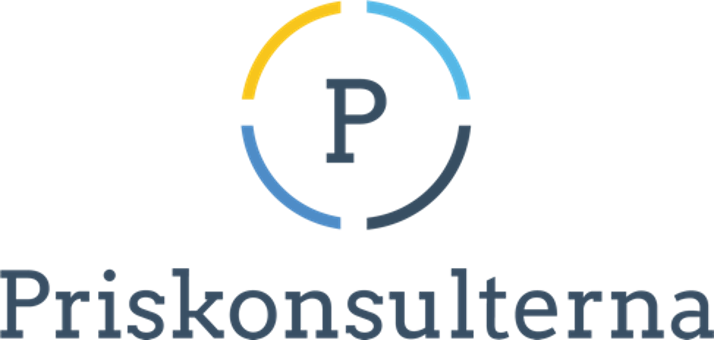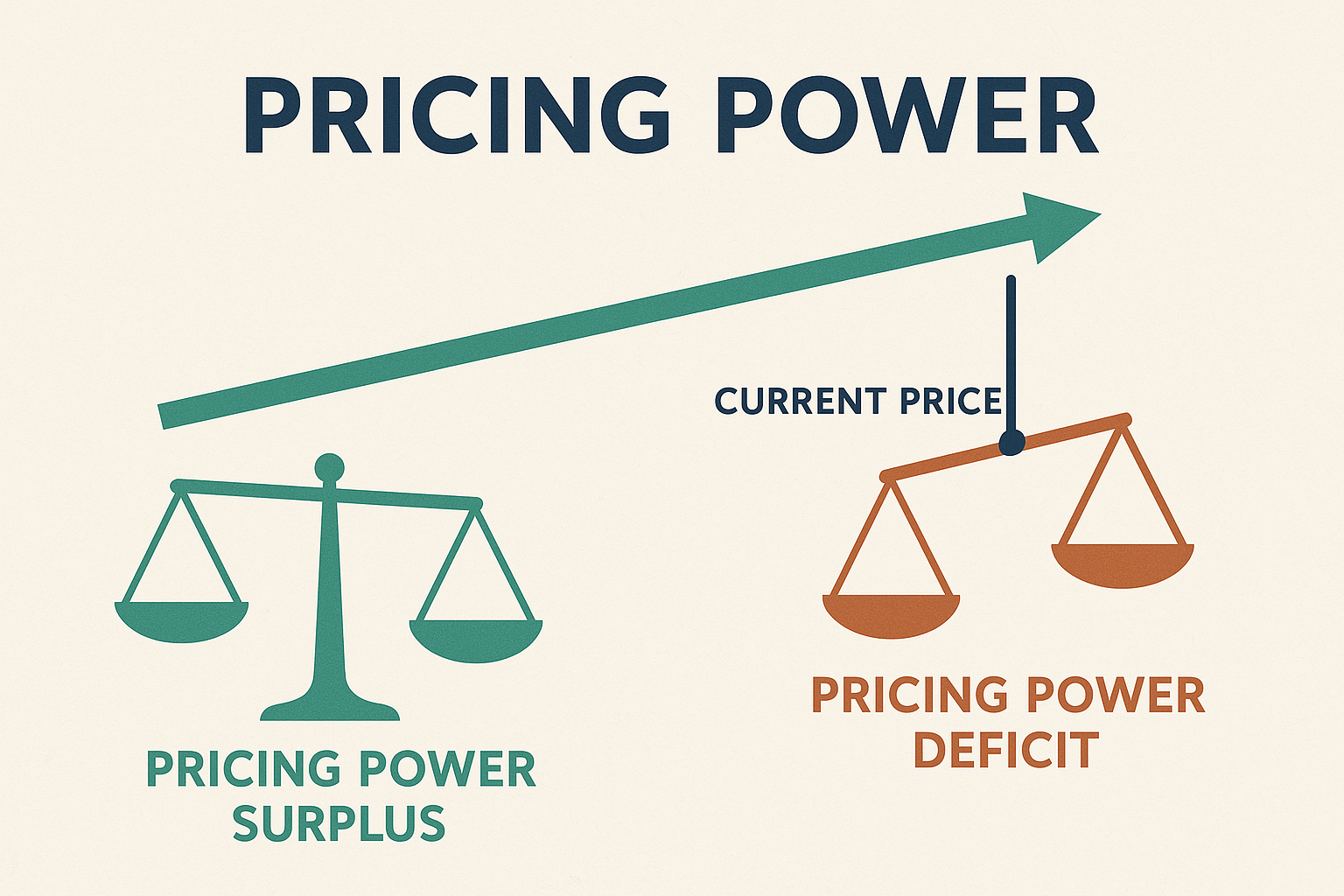The Benefits of Optimizing Prices, Assortment, and Promotions Simultaneously
 PriceBeam
·
4 minute read
PriceBeam
·
4 minute read
.png?width=800&height=211&name=WIP%20The%20Benefits%20of%20Optimizing%20Prices%2c%20Assortment%2c%20and%20Promotions%20Simultaneously%20(1).png)
In the ever-evolving consumer goods industry, manufacturers face the constant challenge of meeting market demands while maintaining profitability. The competitive landscape demands innovative strategies to stay ahead, and one of the most effective approaches is the simultaneous optimization of prices, assortment, and promotions. This integrated strategy offers a myriad of benefits that can significantly enhance a manufacturer's market position, operational efficiency, and overall profitability. This article explores these advantages from the perspective of a consumer goods manufacturer.
Enhanced Revenue and Profit Margins
Pricing does not live in a vacuum
Changing the price of a single product is in theory very simple. However, such a change doesn't just change the price and the consequent volume of that product. Very often, price changes impact other products in the assortment. Or influence the demand for competitive products. Similarly, if a product is on promotion, consumers may buy more of that product but less of other products in the brand's range, or less competitive products. Also, what if multiple products change price, or new products are launched into the assortment?
In other words: prices don't live in isolation, and for best optimization of revenue it is important to look at prices, assortment, and promotions all in a holistic perspective.
Strategic Pricing Models
For consumer goods manufacturers, setting the right price is crucial for maximizing revenue and profit margins. By optimizing prices based on real-time market data, competitive analysis, and consumer behavior insights, manufacturers can implement strategic pricing models that cater to different market segments. This ensures that products are priced competitively, driving sales while protecting profit margins.
Optimized Product Mix
An optimized assortment strategy ensures that manufacturers produce and distribute the right mix of products to meet market demand. By analyzing sales data, consumer preferences, and market trends, manufacturers can adjust their product portfolio to focus on high-demand items. This reduces the risk of overproduction of less popular products, leading to better inventory management and increased profitability.
Effective Promotional Strategies
Promotions are a powerful tool for driving product visibility and sales. When optimized effectively, promotions can enhance brand awareness, attract new customers, and boost sales of both new and existing products. By leveraging data analytics, manufacturers can design targeted promotions that resonate with consumers, maximizing the impact of their marketing efforts and ensuring a higher return on investment.
Enhanced Collaboration
Optimizing prices, assortment, and promotions simultaneously fosters better collaboration between manufacturers and retailers. By sharing insights and aligning strategies, manufacturers can support retailers in meeting consumer demands more effectively. This collaborative approach strengthens partnerships, leading to better shelf positioning, increased product visibility, and ultimately, higher sales.

Operational Efficiency
Streamlined Production Planning
Optimized assortment and pricing strategies enable manufacturers to plan their production more effectively. By focusing on products with high demand and optimal pricing, manufacturers can streamline their production processes, reducing waste and improving efficiency. This leads to cost savings and better utilization of resources, enhancing overall operational efficiency.
Reduced Inventory Costs
Efficient inventory management is a critical benefit of optimized assortment strategies. By aligning production with market demand, manufacturers can minimize excess inventory and reduce storage costs. This not only improves cash flow but also reduces the risk of obsolescence, ensuring that products remain fresh and relevant in the market.
Efficient Use of Promotional Resources
Data-driven promotional strategies allow manufacturers to allocate their marketing resources more effectively. By identifying the most impactful promotions, manufacturers can focus their efforts on high-value activities, reducing wasteful spending and increasing the effectiveness of their campaigns. This efficiency leads to better budget management and higher returns on promotional investments.
Consistent Product Availability
Manufacturers that optimize their product assortment can ensure a consistent supply of in-demand products to retailers. This reliability enhances retailer trust and satisfaction, as they can depend on the manufacturer to deliver products that meet consumer needs. Consistent product availability reduces stockouts and improves the overall shopping experience for consumers, benefiting both retailers and manufacturers.
Data-Driven Decision Making
Advanced Analytics and Insights
The simultaneous optimization of prices, assortment, and promotions relies on advanced analytics to provide deep insights into market trends, consumer behavior, and competitive dynamics.
.png?width=579&height=290&name=Analytics%20(3).png)
By leveraging big data, machine learning, and predictive modeling, manufacturers can make informed decisions that drive strategic growth. These insights enable manufacturers to anticipate market changes and adapt proactively, maintaining a competitive edge.
Real-Time Market Adaptation
The consumer goods market is dynamic, and manufacturers must be agile to stay ahead. Integrated optimization allows for real-time adjustments to pricing, product assortment, and promotional strategies based on current market conditions. This agility ensures that manufacturers can swiftly capitalize on opportunities, respond to market shifts, and mitigate risks, maintaining a strong market position.
.png?width=638&height=319&name=Analytics%20(1).png)
Increased Consumer Value
Building Consumer Trust Through Value
Consumers are more likely to remain loyal to brands that consistently offer value. By optimizing prices to be competitive yet fair and by ensuring a well-curated product assortment, manufacturers can build trust with their customers. Effective promotions further enhance this trust by providing genuine savings and rewards, fostering a sense of appreciation and loyalty.
Enhanced Consumer Engagement
Personalized promotions and a well-thought-out product assortment contribute to higher levels of consumer engagement. When consumers feel that a brand understands their needs and preferences, they are more likely to engage with the brand, whether through repeat purchases, positive reviews, or word-of-mouth referrals. This engagement is crucial for long-term brand growth and consumer retention.
Conclusion
The simultaneous optimization of prices, assortment, and promotions offers a comprehensive approach to business management that drives significant benefits for consumer goods manufacturers. From enhanced revenue and profit margins to superior retailer relationships and operational efficiency, this integrated strategy is essential for thriving in a competitive market. By leveraging advanced analytics and data-driven insights, manufacturers can make informed decisions that align with market demands, consumer needs, and sustainability goals.
As the consumer goods industry continues to evolve, the importance of optimizing these three critical elements simultaneously will only grow. Manufacturers that embrace this holistic approach will be better positioned to adapt to changing market dynamics, meet retailer and consumer expectations, and achieve long-term success. In an era where every decision counts, the combined optimization of prices, assortment, and promotions is not just a competitive advantage, it's a necessity for sustained growth and profitability.
.png?width=400&height=100&name=PBLogoTransparent%20(1).png)




